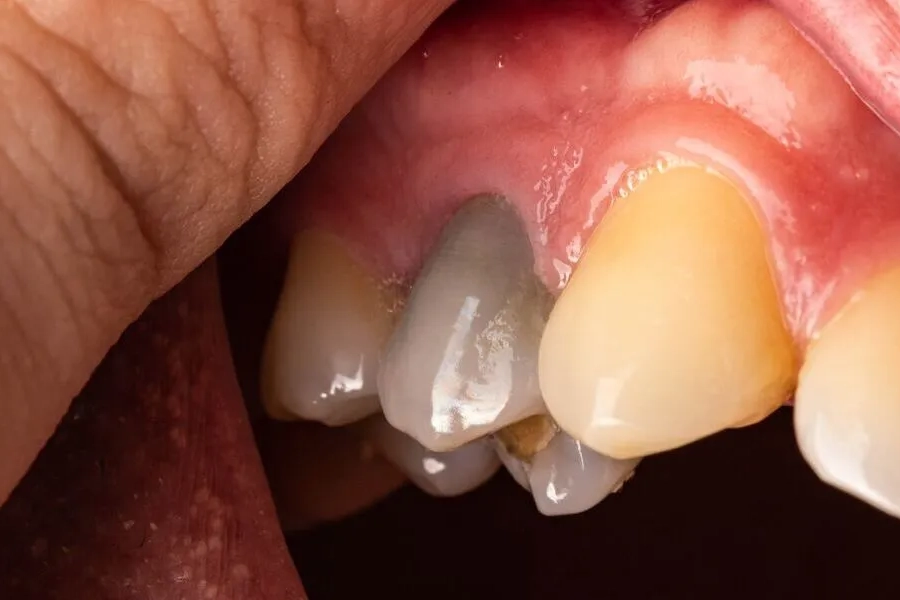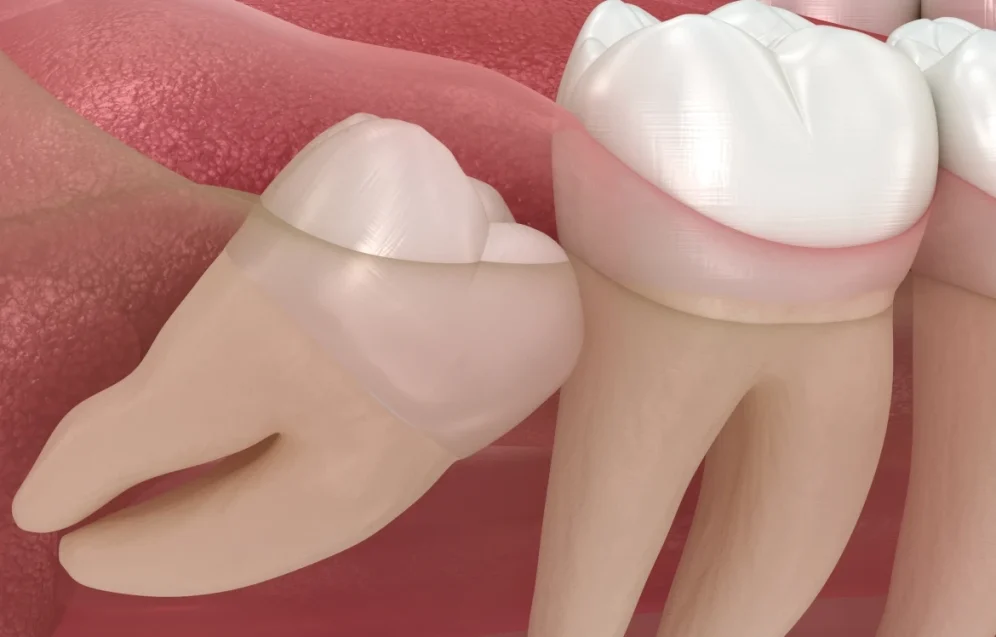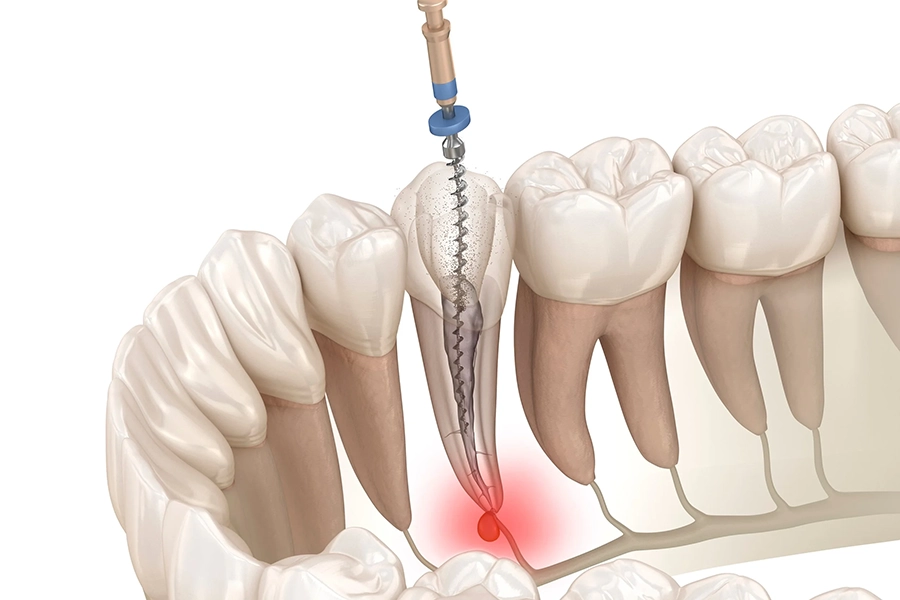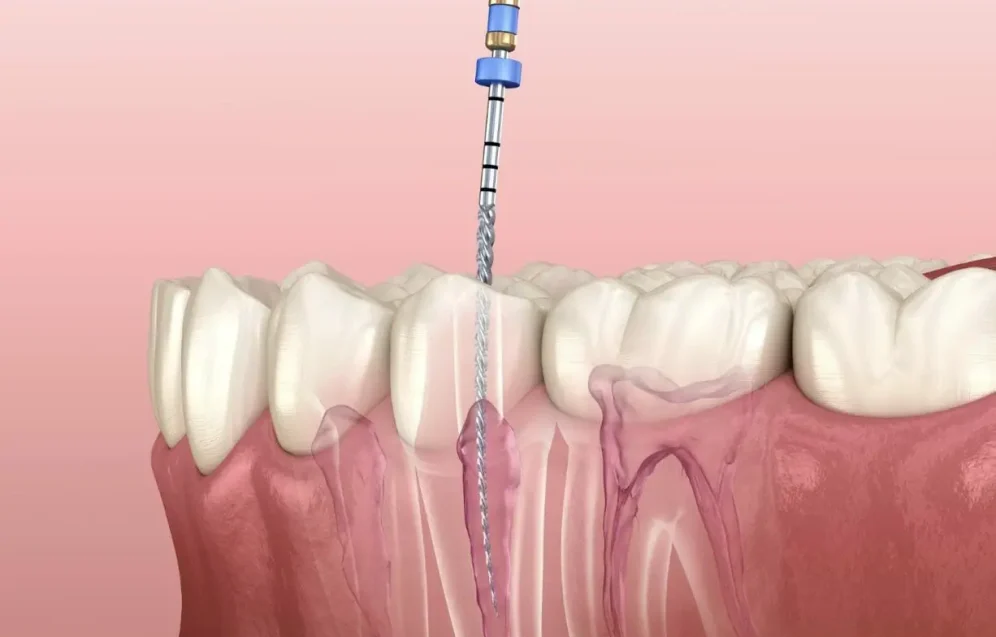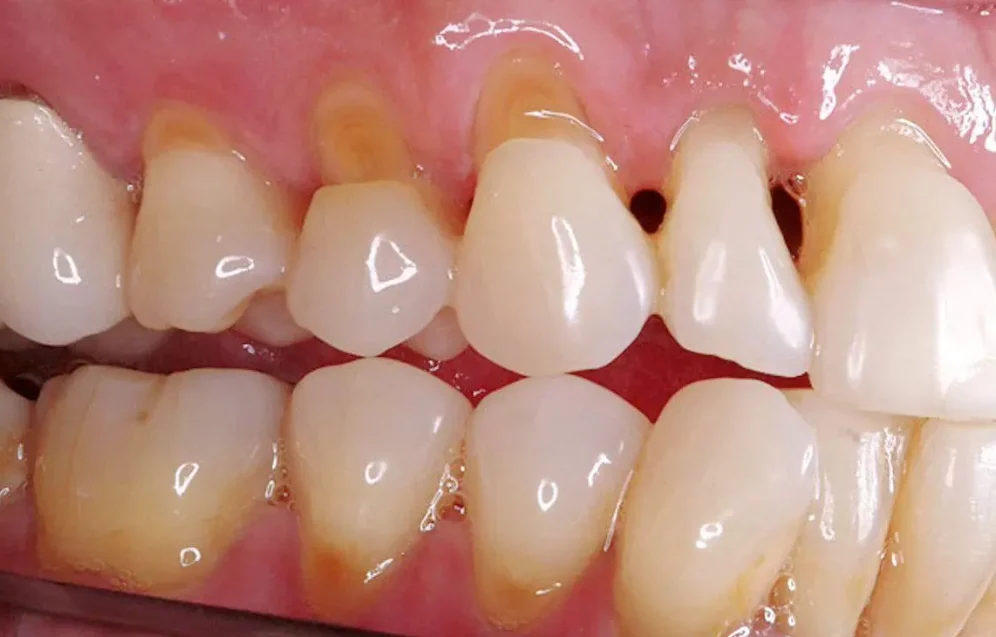Wisdom Tooth Removal Bleeding
Wisdom Tooth Removal Bleeding
Undergoing a wisdom tooth extraction is a significant dental procedure that requires careful postoperative care. One common concern among patients is wisdom tooth removal bleeding. In this comprehensive guide, we’ll take you through everything you need to know about managing bleeding after a wisdom tooth extraction.
1. Understanding Wisdom Tooth Removal
Before we delve into the specifics of wisdom tooth removal bleeding, let’s first understand the procedure itself. Wisdom tooth extraction is a surgical procedure performed by dental professionals to remove one or more of your third molars, commonly known as wisdom teeth. These teeth are the last to erupt, usually in your late teens or early twenties.
1.1 Why is Wisdom Tooth Removal Necessary?
At times, these teeth may not have enough room to grow properly, leading to problems such as:
- Impaction: The tooth remains completely or partially trapped within the jawbone.
- Partial Eruption: Part of the tooth breaks through the gum, creating a passageway for bacteria that can lead to infection or gum disease.
- Incorrect Positioning: The tooth may tilt or grow at an angle, causing damage to the neighboring teeth.
In such scenarios, wisdom tooth removal becomes necessary to prevent further complications.
2. What to Expect During the Procedure
The procedure is usually performed under local, sedation, or general anesthesia to ensure that you don’t feel any pain during the extraction. The dental professional will make an incision in your gum to expose the tooth and bone. They will then remove the bone blocking access to the tooth root, divide the tooth into sections if necessary, and then remove the tooth. Once the tooth is removed, the site is cleaned, and if needed, the wound is stitched up. A gauze pad is then placed over the extraction site to control bleeding and help form a blood clot.
3. Post-Extraction Bleeding: What to Expect
Wisdom tooth removal bleeding is expected after the surgery and is completely normal. In most cases, the bleeding stops within a few hours post-extraction. However, slight bleeding or oozing may continue intermittently for 24-48 hours following the procedure. It’s not uncommon to find a small amount of blood mixed with your saliva, giving it a pinkish hue.
3.1 How to Manage Bleeding
Managing post-extraction bleeding is crucial to the healing process. Here are some steps you can take to control the bleeding:
- Pressure Application: Bite down gently but firmly on the gauze pad placed by your dentist, maintaining constant pressure on the wound to help form a blood clot.
- Avoid Disturbance: Avoid disturbing the extraction site. Don’t spit, rinse, or use a straw for 24 hours post-surgery, as the suction movement can dislodge the blood clot.
- Upright Position: Try to stay in an upright position, propping your head up with pillows.
- Avoid Strenuous Activities: Refrain from any strenuous activities or exercise that may increase your blood pressure and cause further bleeding.
If the bleeding continues or becomes heavy, you should reach out to your dental professional immediately. At Picasso Dental Clinic, we provide comprehensive postoperative care and emergency contact numbers to our patients to ensure their comfort and safety post-surgery.
4. Pain Management
Experiencing discomfort or pain following a wisdom tooth extraction is normal. Each individual perceives pain differently, and the degree of discomfort can vary based on the complexity of the extraction. Your dental professional will likely prescribe pain medication to help manage this postoperative discomfort. Taking the medication as prescribed can significantly reduce your discomfort and promote healing.
4.1 Over-the-Counter Pain Relievers
In cases of mild to moderate pain, over-the-counter pain relievers such as ibuprofen or acetaminophen may be sufficient. Always follow the recommended dosage instructions on the packaging.
4.2 Prescription Pain Medication
For severe pain, your dental professional may prescribe stronger pain medication. It’s important to take this medication as directed and to communicate with your dental professional if you’re experiencing severe or prolonged pain.
4.3 The Role of Anti-Inflammatory Medication
At times, an anti-inflammatory medication may also be prescribed to help reduce swelling and manage pain. This medication is typically started when you first start feeling discomfort as the local anesthesia wears off.
5. Swelling and Bruising
Swelling is a normal reaction to surgery and is the body’s response to inflammation and healing. The swelling typically peaks 2-3 days after the surgery and then gradually subsides. Applying an ice pack to the affected area for 20 minutes on and 20 minutes off during the first 24 hours can help reduce swelling.
Bruising or discoloration of the skin may also occur due to blood spreading beneath the tissues. This is a normal occurrence and usually appears 2-3 days post-surgery. Applying moist heat to the area after the first 24 hours can help speed up the healing process and reduce discoloration.
6. Dietary Considerations
Maintaining a proper diet after wisdom tooth removal is essential for healing. Although you may not have much of an appetite immediately after the procedure, it’s important to take in enough nutrients and stay hydrated.
Here’s what you should keep in mind:
- Stay Hydrated: Drink plenty of fluids, but avoid using a straw as the suction can dislodge the blood clot.
- Soft Foods: Immediately post-surgery, stick to a diet of soft foods like yogurt, pudding, smoothies, and mashed potatoes.
- Avoid Certain Foods: Stay away from hot, spicy, and hard foods that can cause discomfort or dislodge the blood clot.
7. Oral Hygiene After Wisdom Tooth Removal
Maintaining good oral hygiene after wisdom tooth removal is crucial to prevent infection and promote healing.
- Rinsing: Avoid rinsing or spitting forcefully for 24 hours after the extraction to protect the blood clot. After 24 hours, you can rinse gently with a warm saltwater solution (1/2 teaspoon of salt in 8 ounces of warm water) several times a day.
- Brushing and Flossing: You can brush and floss your teeth, but be gentle and avoid the extraction site.
- Smoking: Avoid smoking for at least 72 hours post-surgery as it can interfere with the healing process and increase the risk of complications.
8. Medications and Antibiotics
Your dental professional may prescribe antibiotics to prevent infection after the surgery. It’s crucial to complete the entire course of antibiotics, even if you feel better before the medication is finished.
Keep in mind that certain medications, including antibiotics, can interact with other medications. For example, antibiotics can reduce the effectiveness of birth control pills. Always inform your dental professional about any medications you’re currently taking.
9. Dealing with Complications
While complications after wisdom tooth removal are rare, they can occur. Here are a few complications you should be aware of:
- Dry Socket: If the blood clot that aids in healing is dislodged from the extraction site, it can expose the underlying bone and nerves, resulting in intense pain. This condition, known as a dry socket, requires immediate dental attention.
- Infection: Symptoms of infection include fever, persistent pain, and pus discharge from the extraction site. If you suspect an infection, seek dental care immediately.
- Numbness: Temporary numbness in the lower lip, tongue, or chin is a possible side effect of lower wisdom tooth extraction, due to the close proximity to the nerves in that area.
10. Importance of Follow-Up Appointments
After your wisdom tooth extraction, it’s important to attend any scheduled follow-up appointments. These appointments allow your dental professional to monitor your healing process and address any concerns or complications.
At Picasso Dental Clinic, we emphasize the importance of these follow-up visits and ensure our patients receive the best postoperative care.
11. When to Seek Immediate Care
While minor discomfort and swelling are normal after a wisdom tooth extraction, certain symptoms warrant immediate medical attention. If you experience severe pain, heavy bleeding, persistent numbness, or signs of infection (such as fever, severe swelling, or pus), contact your dental professional right away.
12. Conclusion
Wisdom tooth removal is a common dental procedure, and understanding how to manage the postoperative bleeding is crucial for a smooth and comfortable recovery. By following the prescribed aftercare instructions and maintaining good oral hygiene, you can ensure a successful healing process.
At Picasso Dental Clinic, we’re committed to providing our patients with high-quality dental care. If you’re experiencing wisdom tooth removal bleeding or have any concerns after your procedure, don’t hesitate to reach out to us. Our team of experienced dental professionals is here to assist you every step of the way.










